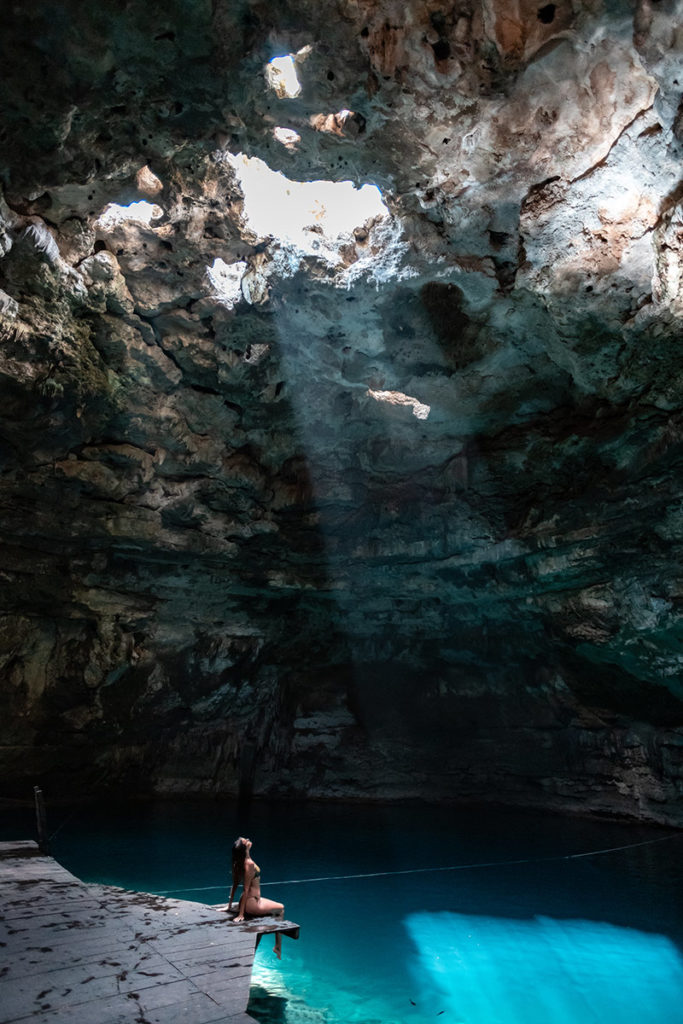Travel
Cenotes: the history and meaning of these natural wonders
This mesmerizing underground world was and is sacred to the Mayan.

Splendid and mysterious, cenotes capture our imagination. They are gateways to a secret world that’s hidden under the jungle, the access to a realm of vast cultural significance and ecological importance with a fascinating history.
Cenotes were a long time in the making. During the last Ice Age, around 100 thousand years ago, sea levels dropped dramatically exposing ancient coral reefs that then solidified to become part of the limestone that today composes most of the Yucatan Peninsula.
Rain that captured carbon dioxide in the atmosphere gradually dissolved part of that limestone, creating an intricate system of caves and passages similar to a natural subterranean labyrinth. Eventually, some of those passages caved in, revealing the beautiful clear water pools that we know today.
This mesmerizing underground world was and is sacred to the Mayan. They believe the cavities which they calle “dzonot” -translated to Spanish as “cenote”- were entrances to Xibalbá, the realm of the dead. In former times, they carried out ceremonies and left offerings for the gods, which have been found centuries later by archeologists.
Today, cenotes continue to charm us with their beauty and their mysticism. Not only are they culturally captivating, but they are also absolutely vital for all life in the Peninsula, as they contain the whole region’s freshwater supply, which sustains our cities and the lush jungle around them.
It is, therefore, vital that we respect and protect them. As long as we do so, we are free to explore them, to enjoy their crystal clear waters and contemplate their magnificent beauty. Our Mystikal Wanders tours can take you on a private journey to the most amazing cenotes. It is time for you to discover their marvels.





